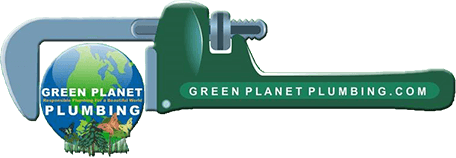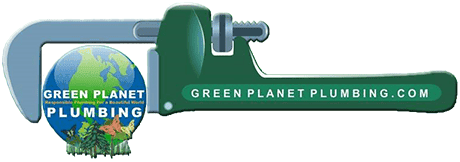What do hybrids, electric cars, paper straws, reusable coffee cups, and solar panels all have in common? They are environmentally conscious. Sustainable living practices are becoming more commonplace; however, we still have a far way to go. Simply using the paper straw instead of a plastic one, although we appreciate the effort, is not enough. Environmental awareness must pervade through all aspects of your life to start making a significant difference.
Seattle is a nature-hub, and if we want to keep enjoying our gorgeous hikes through picturesque mountains, we need to protect them. This means, for most of us, it’s time for a lifestyle change. And, your home is the perfect place to start!
How to Make Your Home Eco-Friendly
Did you know plumbing could be sustainable? Well, it can be. The following are eco-friendly plumbing solutions that can be integrated into your home.
Dual-Flush Toilets
Before 1994, the standard toilet used 7 gallons of water per flush. Since then, the United States mandated that toilets adhere to 3.5 gallons of water per flush. This is a huge reduction, and we recognize that! But, that number could be reduced to 0.8 gallons of water per flush, with dual flush toilet installation. Dual flush toilets allow a user to use 0.8 gallons of water per flush for liquid waste, and 1.6 gallons of water per flush for solid waste. Switching to dual-flush toilets will save you money and reduce your water usage by 40% per day!
Tankless Water Heaters
A tankless water heater is 35% more energy-efficient than a storage water heater. Storage water heaters have heated water on standby; however, when the water is actually turned on, it undergoes a second round of heating, as it becomes lukewarm while it sits in the water tank, waiting to be used. This is inefficient and wastes energy. Conversely, tankless water heaters have thermal optic sensors that heat water when it passes through its sensor, warming the water on demand and in an eco-friendly manner. Save water and save on your water bill with tankless water heater installation.
Recirculation System
When you turn on your shower, does your water immediately come out hot, or do you have to wait until the cold water is warm enough to enter? If you are experiencing the latter, you will benefit from a recirculation system. The process of running your shower until it warms up not only wastes gallons of water, but it also increases utility expenses! Recirculation systems greatly reduce or even eliminate your wait and your waste. Recirculation pumps keep hot water in your pipes at all times; but, if you don’t use that water, it returns back to the tank! Installing recirculation systems will also cut costs, as your water usage will drastically decrease.
Pressure Regulators
Pressure regulators decrease your water waste by controlling the amount of water pressure a fixture releases. Installing pressure regulators in your home will allow you to allot your desired amount of water pressure to each sink faucet and showerhead. This is an easy eco-conscious change that will reduce your negative environmental impact.
Rain Water Harvesting
Don’t let the rain get you down, you can use it to your advantage! By harvesting rainwater, you can turn otherwise wasted water into landscape irrigation and even use it for drinking water. Recycling water is a huge benefit, as you are replacing your use of municipal water supplies.
Water and Energy Saving Appliances and Fixtures
From your dishwasher to your washer and dryer, your home appliances account for 20% of your electric bill. Make the switch to energy-efficient appliances and you will see a significant decrease in your monthly energy expenses, as your energy use will drastically drop!
Start making a positive environmental impact today by calling Green Planet Plumbing at (206) 207-7625.


